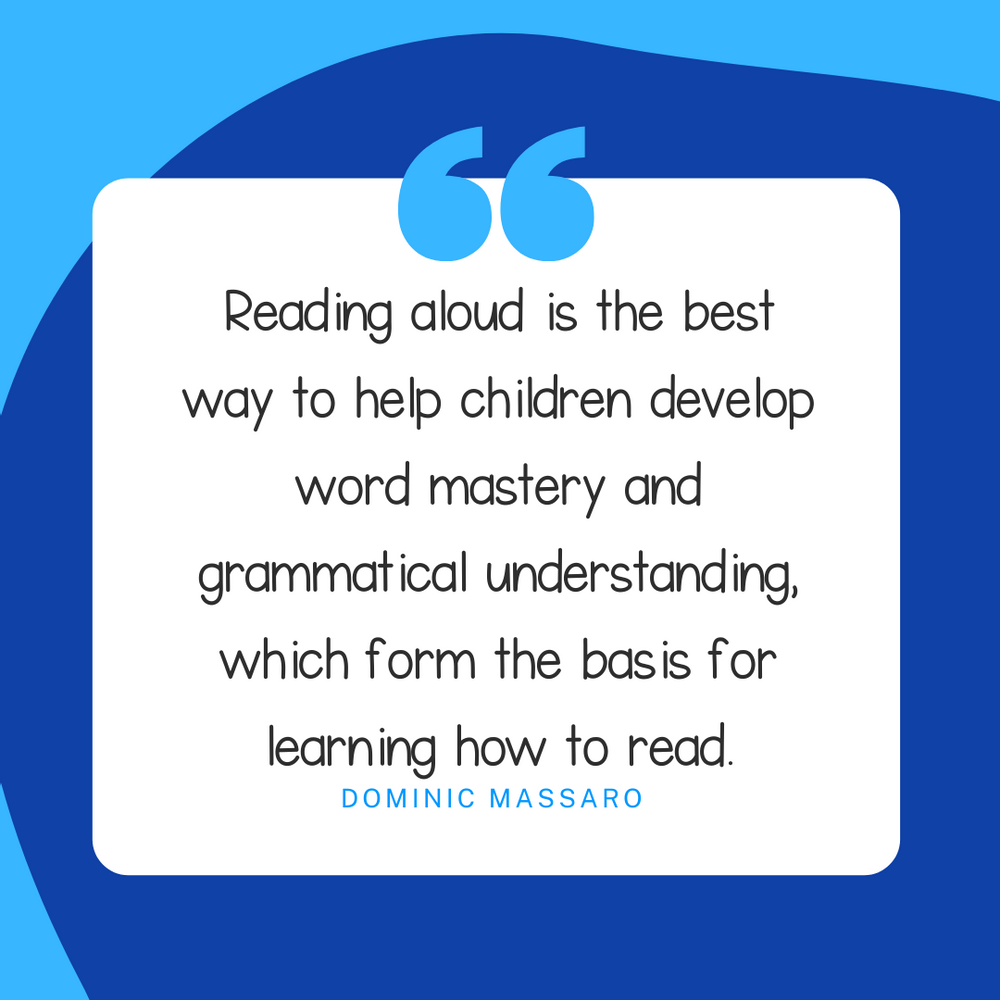Read alouds are one of my favorite times of the day. There is so much that can happen during that simple activity, and today I want to show you how to differentiate and make the most of your read aloud time so that you are supporting all the learners in your class.

Do not underestimate the power behind a good read aloud. As stated by Dominic Massaro, “reading aloud can be the best way to help children develop word mastery and grammatical understanding, which form the basis for how to read.” Think of all the skills specifically our ELLs can learn during a read aloud: intonation, fluency, tone, pitch, grammatical skills, vocabulary, comprehension skills, and this is just the beginning.
So to help you maximize your impact during your read aloud time, here’s 6 ways to help you differentiate any book.
Step #1: Preview vocabulary.
Before you read the text, look through and pull out 2-3 words that you know your students will struggle with. Have these words ready to point out, describe, define, and bring understanding in context.
Step #2: Model expectations
Find 2 different pages in the book that you are going to model what a good reader does. Whether it’s visualizing, asking questions, or thinking aloud, show your students what you expect them to do while they are reading. Students learn so much from seeing it done in action.
Step #3: Make predictions/Ask questions
Find 2 different pages you are going to stop and have the students make a prediction or where you want to ask a question. This is a great time to add in think-pair-share. Stoping to make predictions will also make sure your students are tracking with the story and will help break up longer texts.
Step #4: Watch out for confusing text
Be aware of any pages that might cause your second language learners to misunderstand what the text says. Idioms, figurative language, etc. can cause confusion to the meaning with ELLs. This might be a chance to highlight those phrases by looking at the picture and making observations before you read the sentence. Then connect back to the picture or phrase to bring better understanding.
Step #5: Slow down
Lookout for pages you might need to slow down your rate of speech or intonation. Pages that have a lot of text might cause some of your students to misunderstand, so if you know ahead of time to slow down or use visuals to support, you will make sure to help increase comprehension and break down long texts.
Step #6: Extend
How can you give your students an opportunity to respond to the story and apply what they learned? This could be a quick draw of a vocabulary word, think-pair-share or any other activity that helps them put into practice right away what you were modeling.
Even if you are adding in a read aloud just for fun, make sure to preview the text and include a few of these simple ways to make the most out of your time.
Want to grab a free sticky notes set that will remind you of the ways you are going to differentiate your read-aloud?
,,Sign up here to grab your free set!

I would love to see how you use these sticky notes with your next read aloud! Tag me on Instagram @inspiringyounglearners and you might be featured on our Instagram page!




